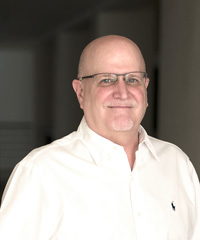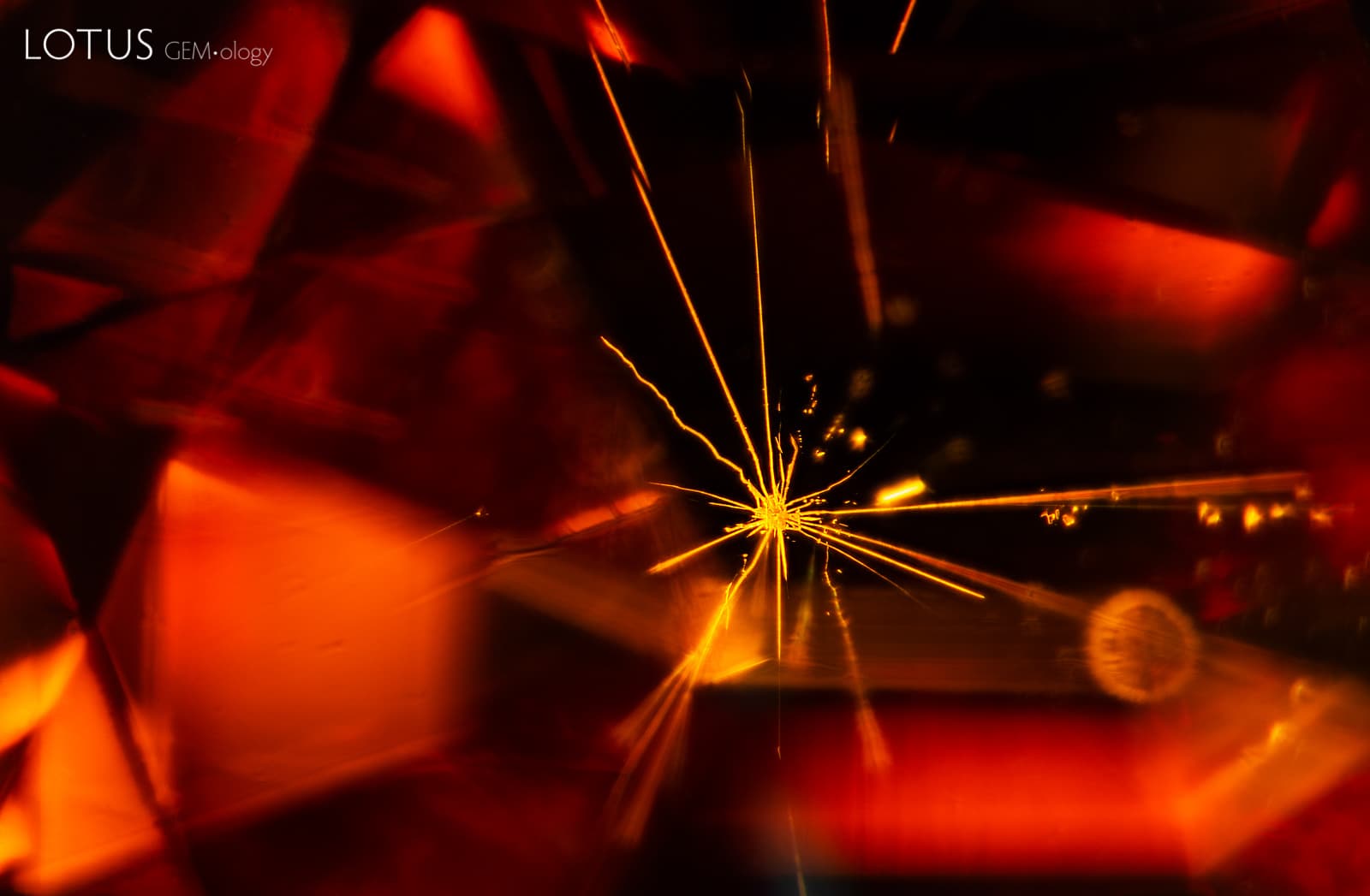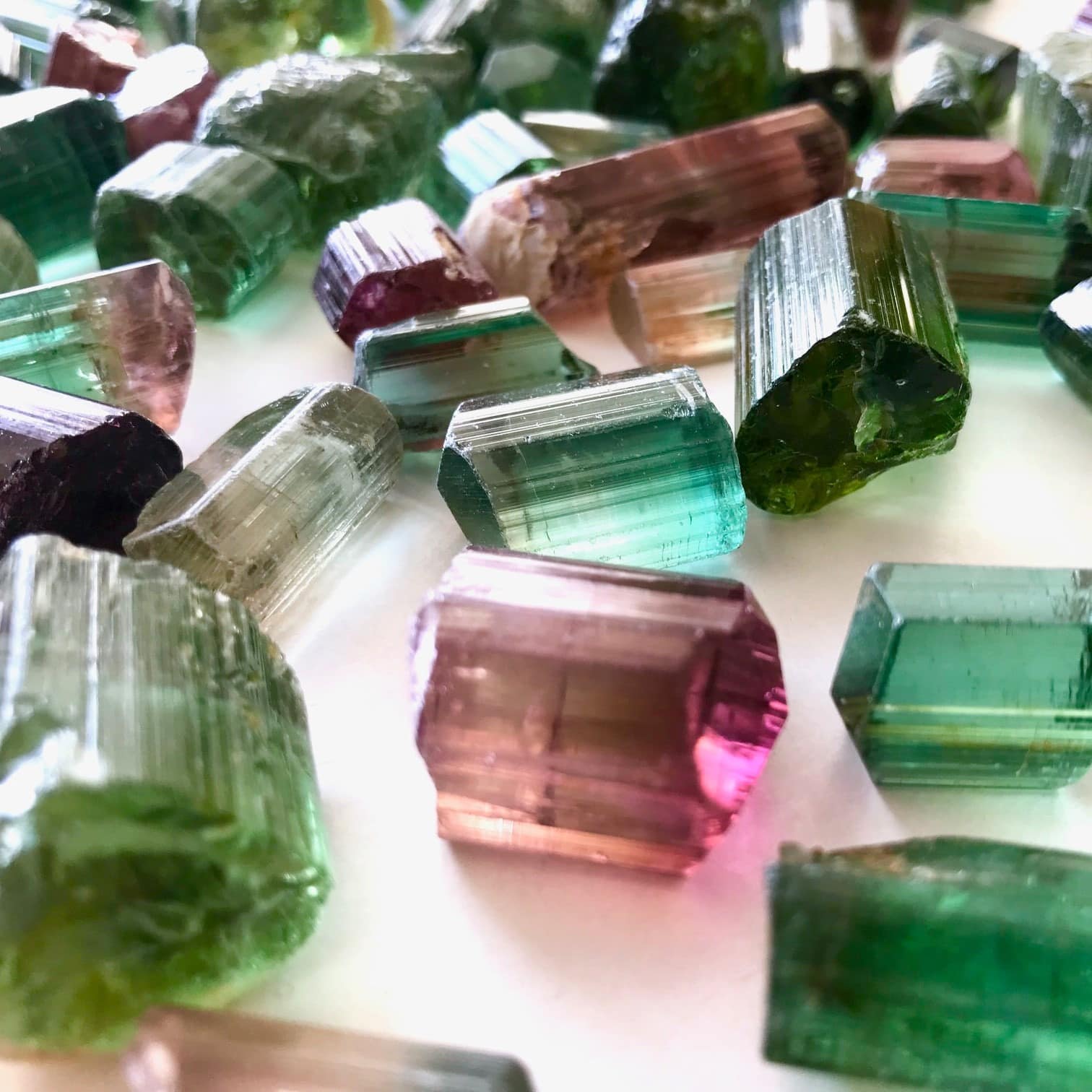On the occasion of the Rendez-Vous Gemmologiques de Paris which will be held on June 8, 2015 in Paris, many speakers from the world of gemmology will be present. To register for this symposium, there is only one solution: contact the Association Française de Gemmologie (AFG) in Paris.
It is with this in mind that I have asked Richard W. Hughes, who will be present at the symposium, to answer a few questions about his work and the new laboratory – Lotus Gemology – that he created in Bangkok a short time ago. For the occasion, the interview is available to both French and English readers. Interview.

Richard W. Hughes. Photo: Lotus Gemology
1 – Hello Richard, let me introduce you to our readers.
My name is Richard Hughes and my company, based in Bangkok, is called Lotus Gemology. I have been involved in gemology since 1979 and have worked in various fields related to gems: training, gemological analysis in the laboratory and the gem trade. I have also studied mining sites and lapidary art. Moreover, I am the author of almost 200 articles and numerous books on stones.
2 – When did you first hear about gemmology and why did you finally decide to study it and make it your profession?
When I was 18 years old and living in the United States, I undertook a trip to Europe. This trip became a world tour. It was during this first trip that I discovered Thailand. It was during this first trip that I discovered Thailand, and I suddenly felt a passion for both the gems and the country. A year later, I was back in this country and I started to train in gemmology.
3 – Gemologists all agree that – today – spinels and corundum (rubies and sapphires) are more and more high value gems. Is it for this reason that you have decided to create a new gemological laboratory dedicated to the certification of these gems? Furthermore, we will agree that consumers are much more informed about treatments. And especially for corundum and emeralds.
A very wise person once told me that when you have to start writing, it is good to do so on a subject you have already mastered. This statement has a particular resonance with gemology. So when the time came for me to open Lotus Gemology, we decided to produce certificates for only those gems with which we had the best knowledge: rubies, sapphires and spinels.
Of course, the detection of treatments remains the major part of our activity, but the determination of the geographical origin is also an important request from our customers.
4 – I read with interest your various articles published on the Lotus Gemology website. And more particularly the one concerning the colours of rubies and sapphires. This colour chart is very interesting for customers as well as for traders and retailers. One can imagine that it could one day integrate a universal grading system for corundum, as is done with the 4Cs for diamonds. But this is not yet the case and few internationally renowned laboratories mention these names. Is this because the definition of a colour is still mainly a commercial criterion and that it can induce a value?
Grading the colour of a gemstone is a delicate and particularly complex exercise, as it is for diamonds. Indeed, the colour of a cut stone is first of all three-dimensional and one can often give “to see” hundreds of different hues or reflections in one and the same cut stone, in the manner of a mosaic. Thus, it is even difficult to characterise colour in words. Nevertheless, the colour chart of the corundum that Lotus has produced does not imply a specific gem quality or value. Grading remains a personal exercise and cannot be dictated by a third party.
5 – You are well known to gemologists around the world. You have written and co-authored many books. One of the latest is the superb Terra Spinel by Vladislav Yavorskyy. What do you see as one of the biggest challenges ahead in gemmology? Is it – as many think – the detection of synthetic diamonds?
Predicting anything remains very difficult. Your question takes me back to 1987. I was giving a lecture at a gemmological conference at the time and the question of treatments was beginning to be raised as one of the important future research topics in our sector. At that time, this question was not yet a major issue in our profession and yet… So, my opinion is that gem treatments will still be a very recurrent topic in gemmology.
6 – In a little over a month, you will be in France for the Rendez-Vous Gemmologiques de Paris. A good opportunity for those who want to meet you. Can you tell us a little more about your intervention during this day?
I will take advantage of this meeting to talk about Mogok, in Burma, which remains one of the most famous localities for the production of gemstones and in particular rubies and spinels. In addition, I will be participating in a round table on ethics in mining.
I sincerely thank Richard W. Hughes for taking the time to answer my questions with great kindness.
See you soon!
Header : Lightning in a bottle. Intersecting tubes radiate from the center of this garnet. Specimen courtesy Nomad’s.
Natural • Garnet • Spessartine • No Origin • Enhancements: None Detected (None) • Lighting Conditions: Dark Field + Diffuse Fiber Optic + Shadowing
Photographer: E. Billie Hughes • Image Number: R-004-7348-1 • Field of View = 4 mm • Date Posted: 22 March 2023. Gübelin, E.J. and Koivula, J.I. (2005) Photoatlas of Inclusions in Gemstones, Volume 2. Basel, Switzerland, Opinio Publishers, 830 pp.; RWHL*.







